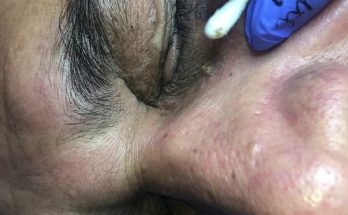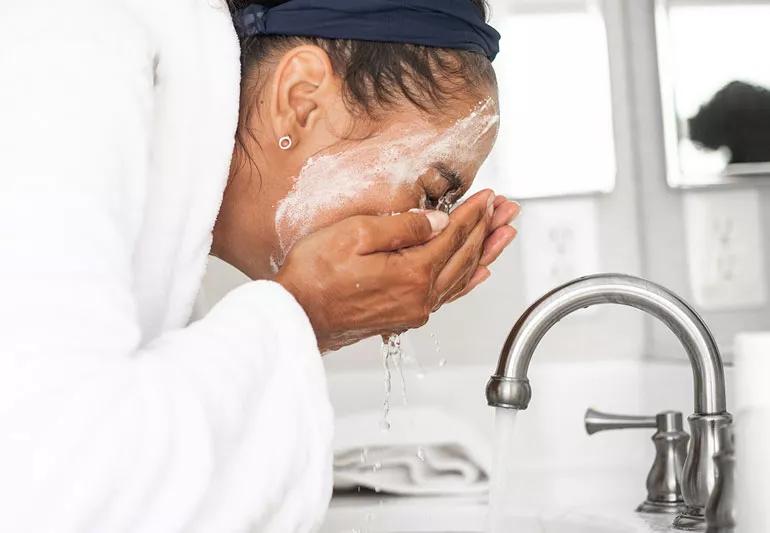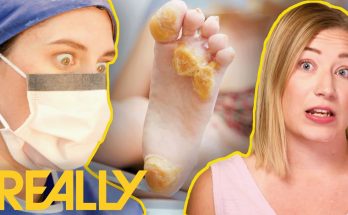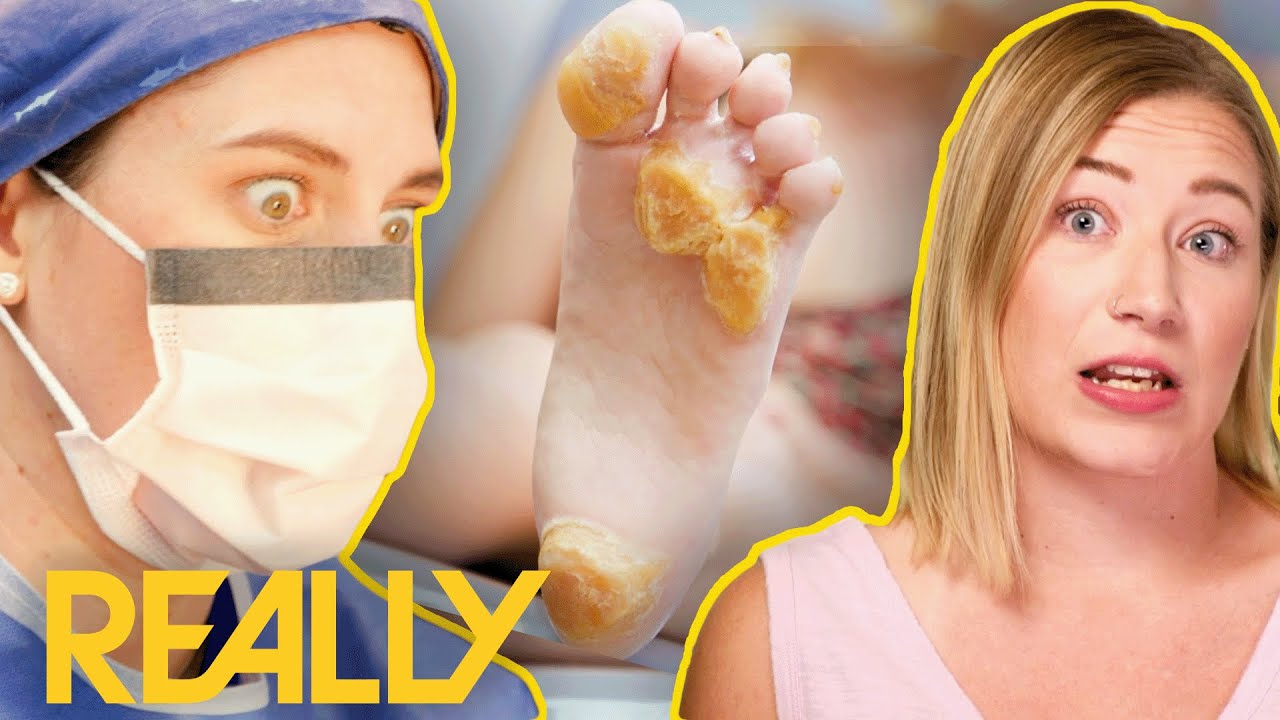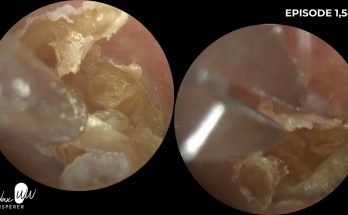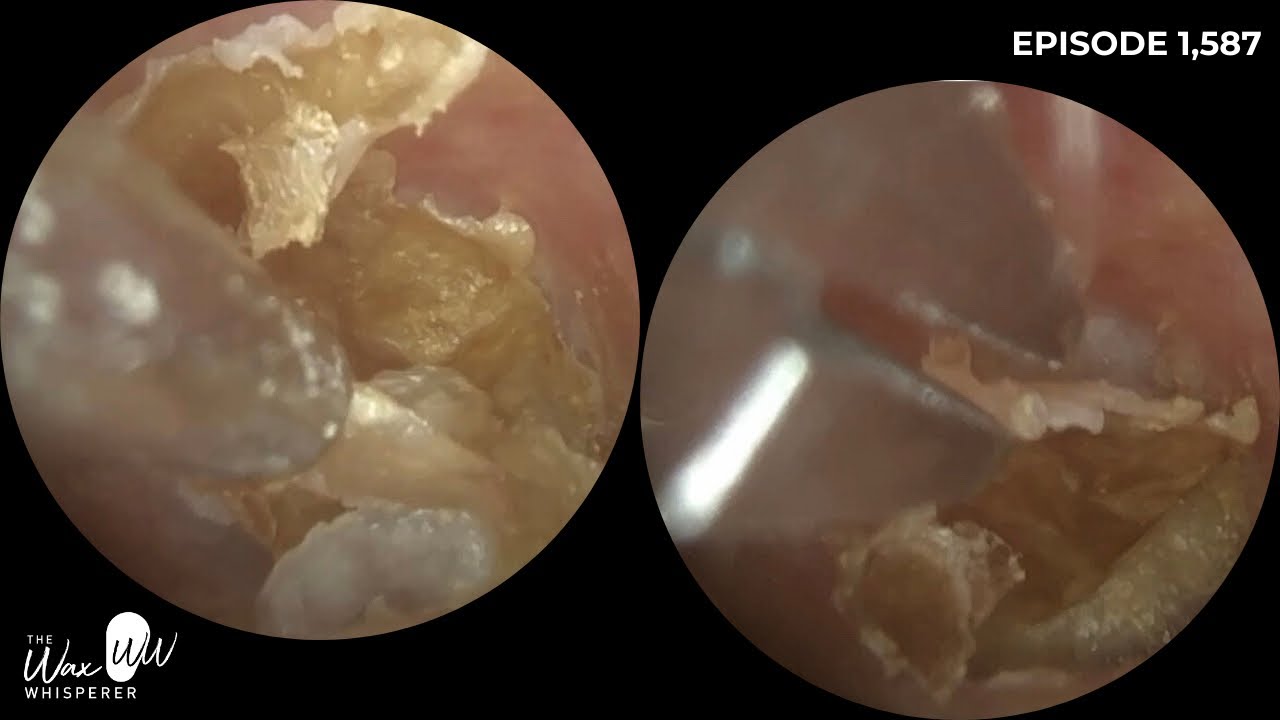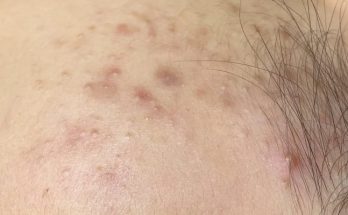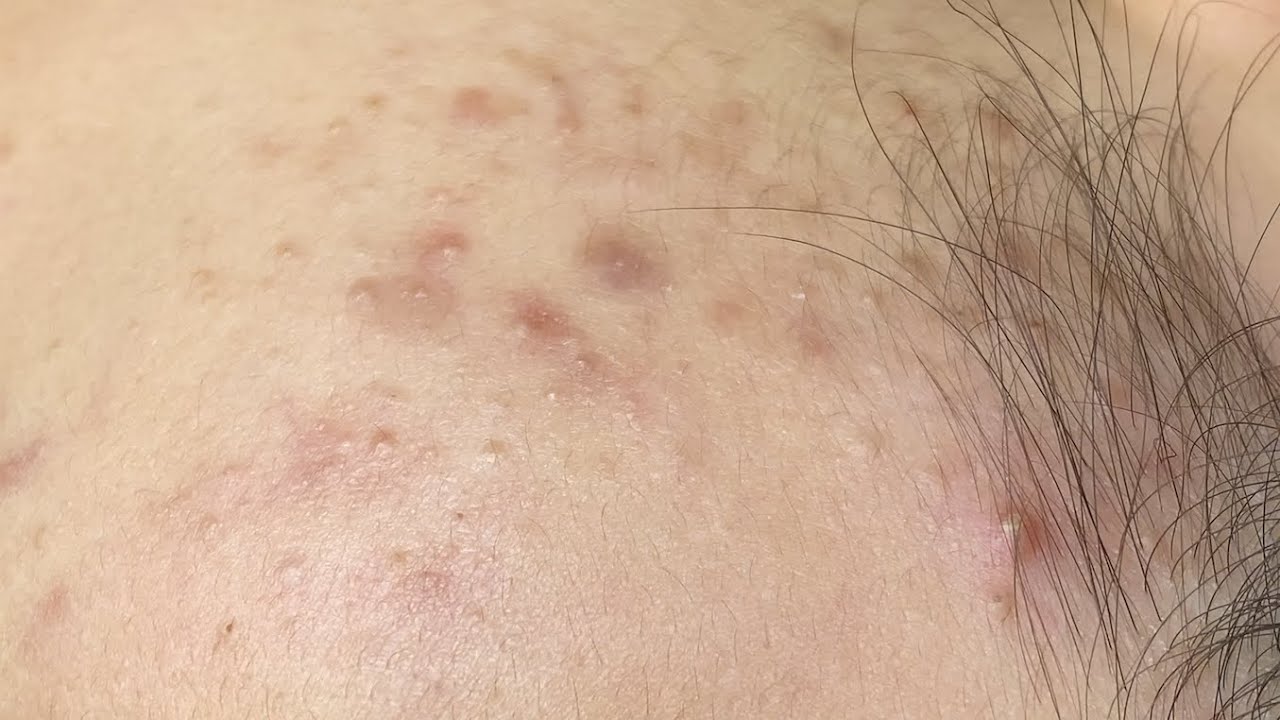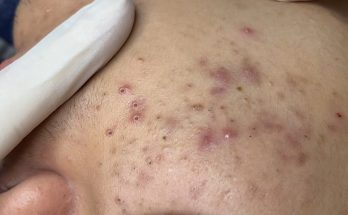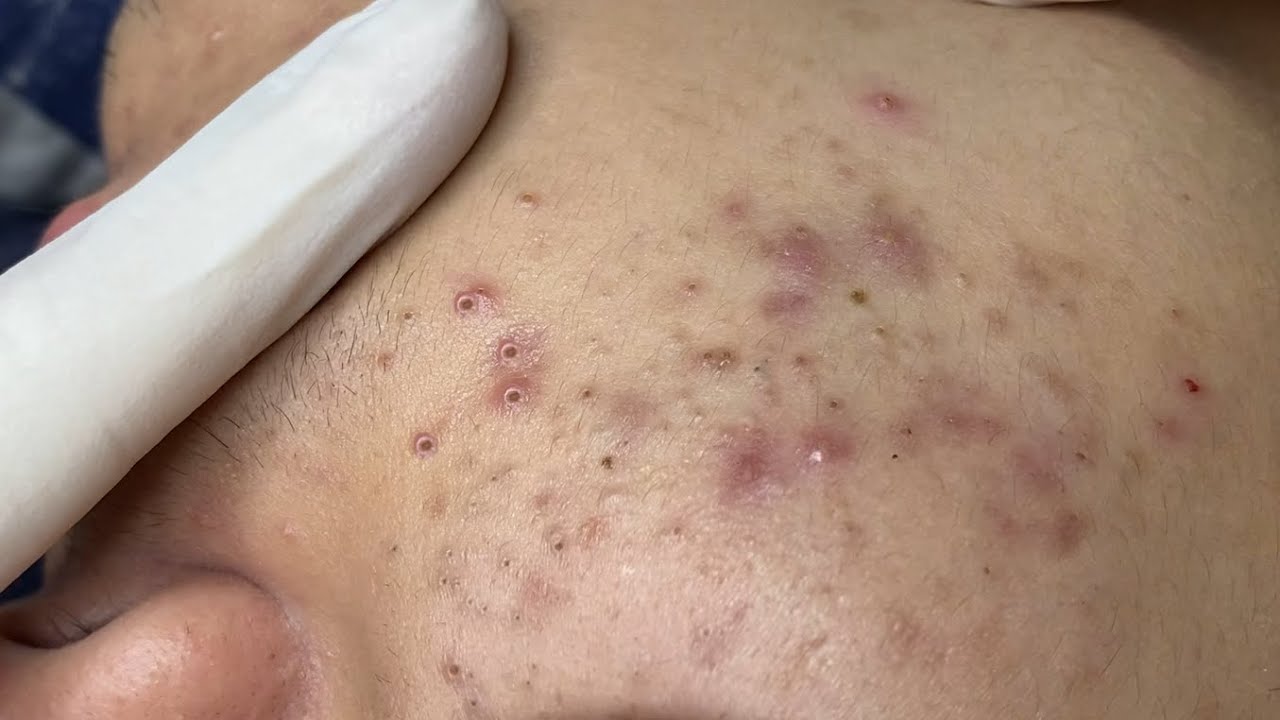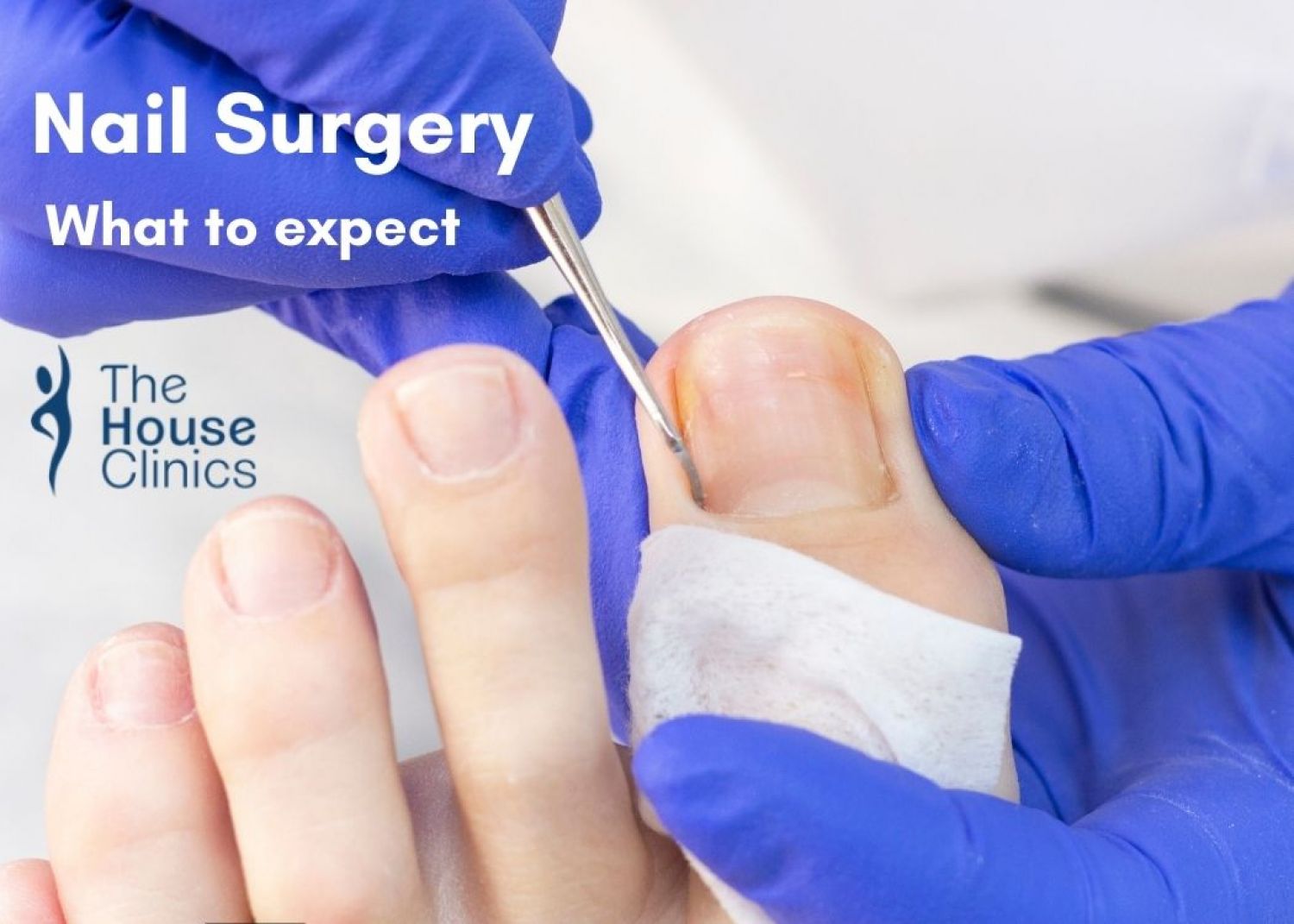
Nail Surgery: A Complete Guide
If you are reading this, then the chances are you are struggling with an ingrown toenail or another painful nail condition and are considering nail surgery as a solution. Our Podiatrists at The House Clinics, Bristol, often see and treat people suffering from problematic nails.
It is essential to have your toenail examined by a fully qualified podiatrist to determine the cause of your nail condition and advise on the best treatment. Sometimes the issue can be addressed with minor intervention, but often, ingrown toenails and some other nail conditions are best resolved by nail surgery, involving a partial or complete nail extraction.
Read our guide to help you understand why you may need surgery and what to expect.
1. What Does Toenail Surgery Treat?
The most common reasons why you may need toenail surgery include the following:
Ingrowing Toenails:
An ingrowing toenail occurs when the corner or side of your toenail begins to grow into the soft flesh (sulcal tissue) and sets off an inflammatory response. It will usually become very painful, red, and swollen and may become infected with accompanying puss. It is usually the big toe that is affected.
Causes of ingrowing toenails vary from genetics to poor footwear. Some people are born with nails where the lateral curvature of the nail plate is excessive or exaggerated, and the nail is more likely to grow into the surrounding skin. Other causes include poor nail cutting, nail picking, trauma, ill-fitting shoes, smoking, and medications that can cause the nail to change shape.
Sometimes an ingrowing toenail can be treated at home, but when it becomes painful and infected, it should be seen by a Podiatrist who will advise the best treatment to alleviate pain and promote healing. Nail Surgery is often the best solution for recurrent ingrowing toenails.
.jpg)
2. Deformed or Thickened Toenails (Gryphosis):
Deformed and thickened toenails can develop due to trauma and injury, practising certain sports involving lots of toe impact (football, running, rambling), and ill-fitting shoes. A fungal infection of the nail can also cause the nail to thicken. In the case of thickened nails, just a fraction of an extra millimeter thickness in nails can put excessive pressure on the nail bed. This causes soreness, sometimes a tissue breakdown under the nail, and then ulcerations. When nails are damaged or deformed, the nail can cut into the skin tissue or leave the nail bed exposed and sore – raising the risk of infection.
Podiatry treatment for this type of nail problem varies depending on how severely damaged the nail is. Nail surgery can be a good solution, though if other interventions are unsuccessful.
.jpg)
.jpg)
What Are The Benefits of Toenail Surgery?
Patients who come to The House Clinics are very relieved after the procedure for the following reasons:
- Nail Surgery is a permanent cure to your problem
- Pain is relieved & the cause of infection removed
- A Pain-free procedure with minimal discomfort afterwards
- Normal activities can be resumed
- No need to take time off work/school
- Being able to wear regular shoes again
- Local anaesthetic, no fasting required
- Partial nail removal is cosmetically acceptable
What Does The Procedure Involve?
- On the day of the procedure, you can carry on with your normal routine, including eating and drinking and taking any medications (unless you are told not to). Still, it is important to give yourself some downtime after the procedure, put your feet up and take it easy for the rest of the day.
- The toe is anaesthetised with a local anaesthetic applied at the base of the toe. This is the only painful part of the procedure and is no worse than an ordinary injection.
- When the toe is completely numb (and we always check!), an antiseptic solution will be applied to your toe to minimise the chance of infection. The offending nail or piece of the nail will then be removed.
- A chemical solution (phenol) is applied to stop the nail from regrowing.
- A protective dressing will be applied, and the operation is complete. The whole procedure is over and done within an hour (for one toe).
- A follow-up appointment will be arranged with you so that the podiatrist can assess and re-dress the toe.
- You can then head home and relax for the rest of the day with your feet up!
It is always our preference not to perform a complete nail extraction if it can be avoided. However, in certain cases, we may advise this as the best treatment depending on your condition. In most cases, partial removal is performed.
.jpg)
Does Nail Surgery Hurt?
It’s normal to worry about how painful nail surgery might be. Reassuringly, the only slightly painful part is the injection used to administer anaesthetic – very similar to the one you may have in your gums at the Dentist. Once the toe is numb, you will not experience any pain while the nail is removed. After the procedure, when the anaesthetic wears off, the toe will be cushioned in a protective dressing. It may feel a little tender but should not be painful at all. You just need to take care not to knock it against something!
Our podiatrists are experienced in performing nail surgery on young children and those who may be anxious.
How long does it take to recover from toenail removal?
Complete recovery from toenail surgery takes approximately 4-6 weeks. You can carry on with your normal activities and routine, but you should avoid certain sporting activities and anything that may irritate the operation site until it is healed. You will need to visit the podiatrist for a follow-up appointment to check the toe and reapply a dressing. Regular dressing of the toe is also required by the patient. Our team is always on hand if you have any concerns after the operation.
How Much Does Nail Surgery Cost?
Nail Surgery costs £375 for one toe and £110 for each additional toe. This price includes your initial assessment, the treatment, anaesthetic, dressings, and a follow-up appointment.
An initial Podiatry consultation is £60. The podiatrist will only advise nail surgery if it is the best solution to your problematic nail. In some cases, other interventions can work well.
NHS Vs Private – Why Should I Pay For Nail Surgery?
Here at The House Clinics, Our Podiatrist Team prides itself in providing a highly personal, friendly, and professional service. The cost of Nail Surgery is a reflection of the expert skill and knowledge required to perform nail surgery safely and effectively to ensure your rapid recovery. Before the operation, our Podiatrists will take the time to get to know you and your particular toenail problem and provide excellent care before, during, and after the procedure. They are also always on hand to answer questions or concerns.
- Highly convenient – No waiting times
- Personalised service
- Professional treatment and advice from the same podiatrist throughout the course of your treatment and aftercare.
- Convenient appointment times (evenings and Saturdays) or at a time of day that suits you (The NHS often only offer certain days and times).
- Comfortable and relaxed clinic environment
How Do I Book Nail Surgery?
If you have been told by a nurse or GP that you need nail surgery, you can book an appointment immediately (1 hour) at one of our clinics without needing an initial consultation. If you would like to chat with a podiatrist first, we can offer you a free telephone consultation to discuss the procedure and answer any questions you may have.
Otherwise, if you have a painful nail condition that you suspect may need surgery, please book an initial Podiatry Consultation First. The podiatrist will then be able to examine your toe and advise the best treatment for you.


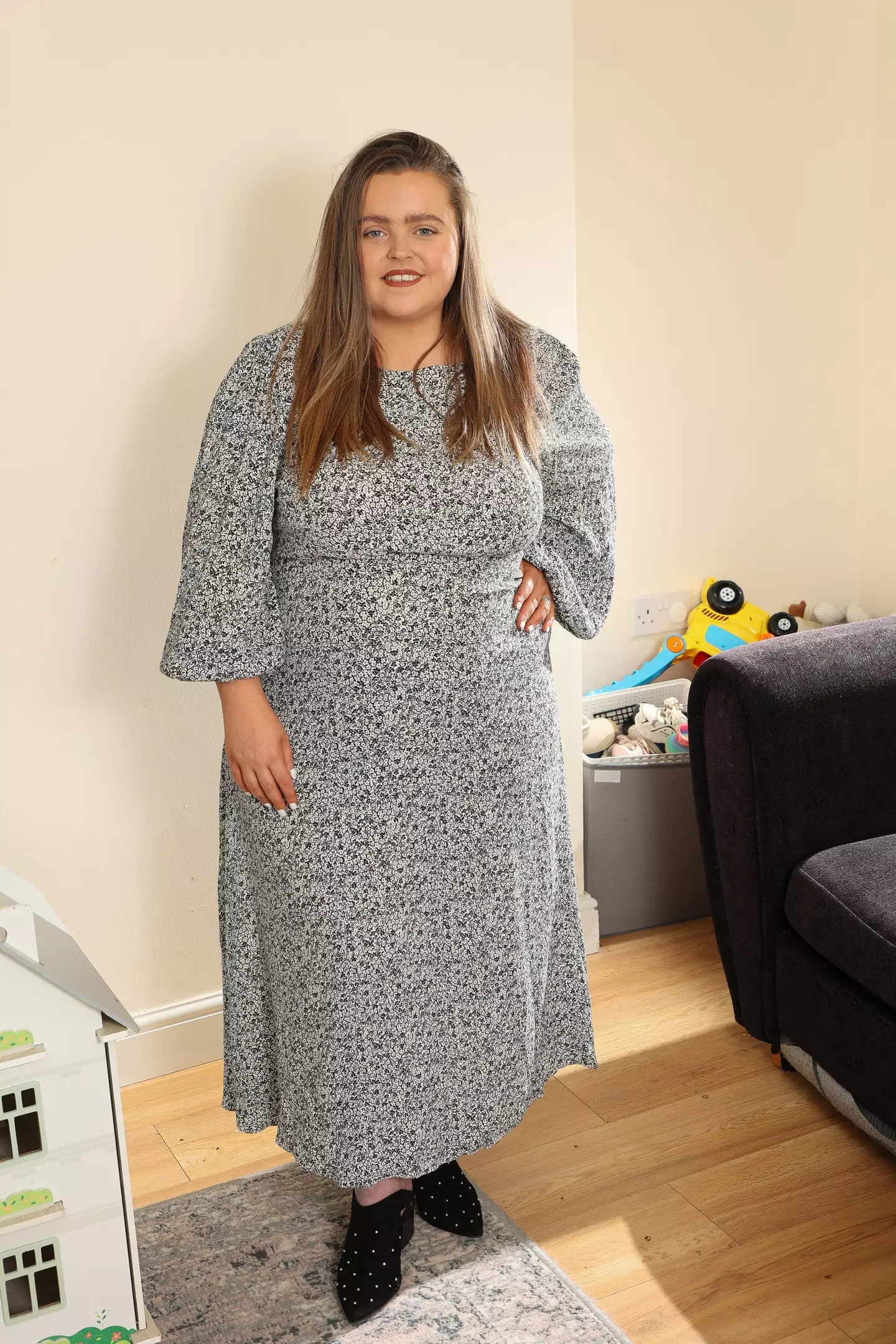

![Ingrown Nail Tools [ Relaxing Cleaning Nail ] #usa #video #viralvideo](https://usafactsnews.com/wp-content/uploads/2025/02/ppp93-348x215.jpg)
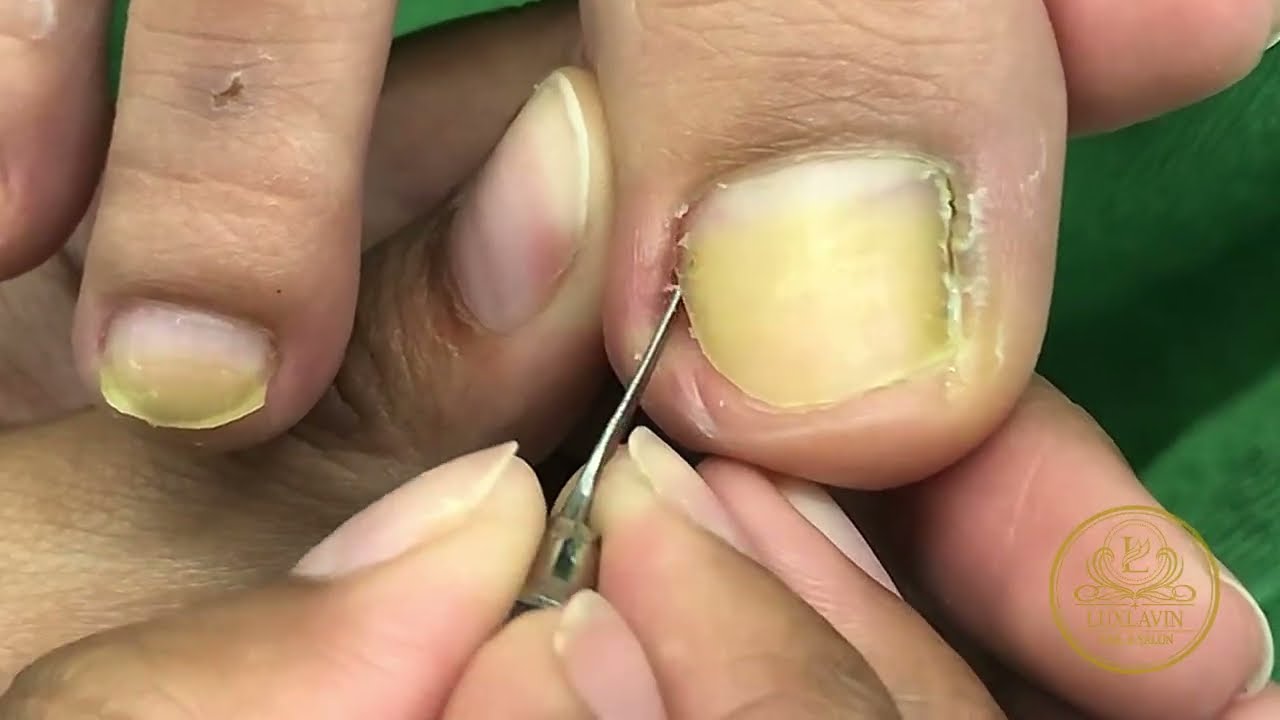
.jpg)
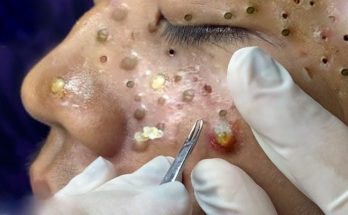
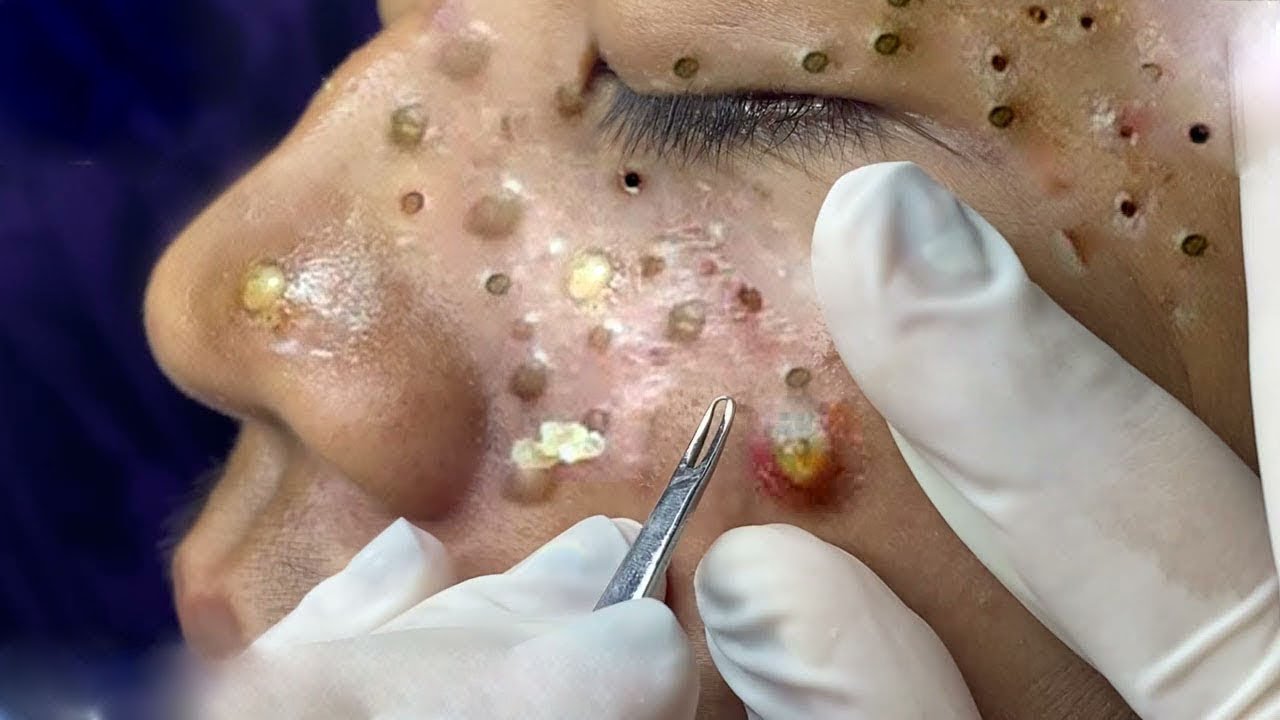
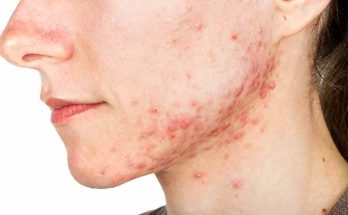


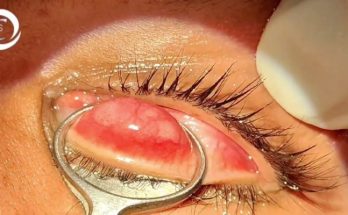
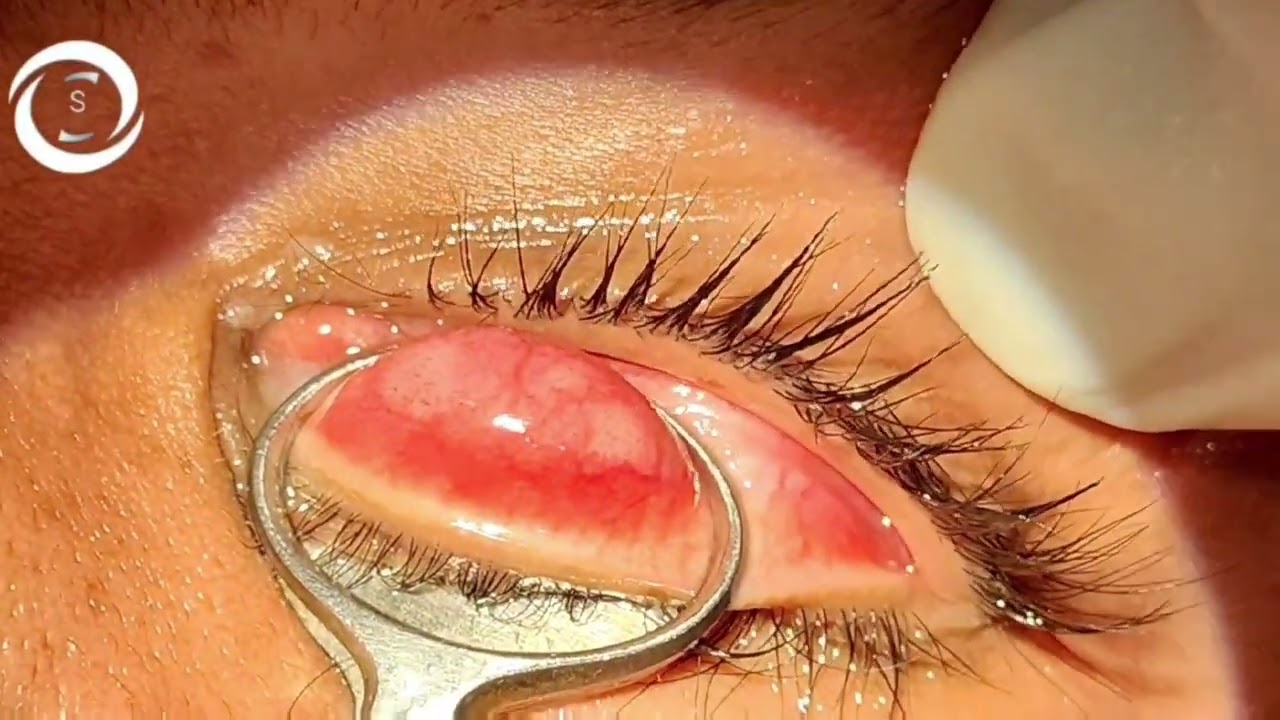
:max_bytes(150000):strip_icc():format(webp)/GettyImages-1214497552-88bad55d76de40b58cd310dadb077f39.jpg)
